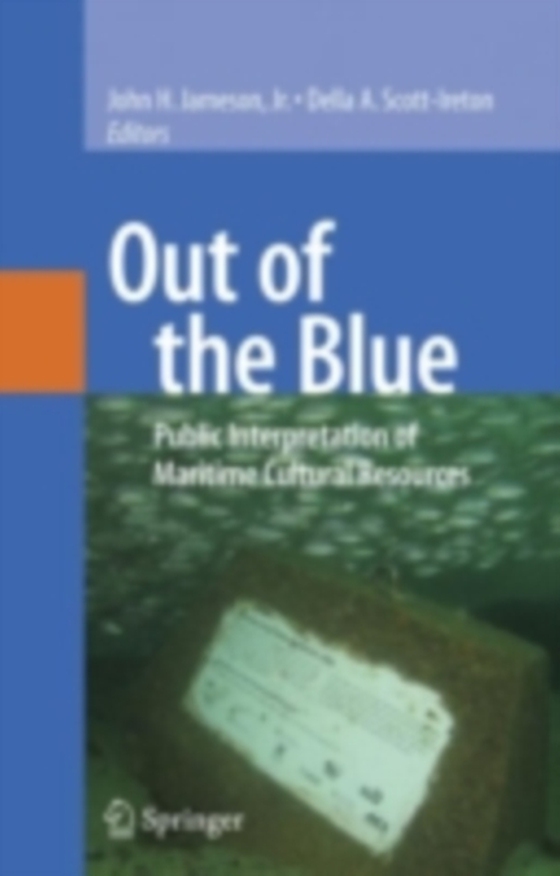
Out of the Blue e-bog
1002,81 DKK
(ekskl. moms 802,25 DKK)
Those charged with protection of resources falling within the public domain, including submerged sites, continuously strive to find the best management solutions. Given the advent of recreational diving in the last half century and advances in underwater survey and exploration technology, pressures have increased dramatically on submerged archaeological sites. Users of these p- lic resources fa...
E-bog
1002,81 DKK
Forlag
Springer
Udgivet
15 april 2007
Genrer
Museology and heritage studies
Sprog
English
Format
pdf
Beskyttelse
LCP
ISBN
9780387478623
Those charged with protection of resources falling within the public domain, including submerged sites, continuously strive to find the best management solutions. Given the advent of recreational diving in the last half century and advances in underwater survey and exploration technology, pressures have increased dramatically on submerged archaeological sites. Users of these p- lic resources fall into groups with various needs and agendas, including divers, fishermen, salvers, scientists, and the tourism industry (Kauru and Hoagland, 1994). To insure that all people are represented in the decision-making process, site managers have increasingly argued that public outreach and education is vitally important. "e;Without public appreciation of the importance of archa- logical sites and information,"e; states one early proponent, "e;there can be no effective protection of sites. "e; Archaeologist Charles McGimsey (1972:6) c- tinues, "e;. . . the greater one's knowledge of archaeology, regardless of formal training in the subject, the greater the responsibility to take the initiative to lead, to teach, and to persuade others to do likewise. "e; Some also suggest that rather than rely solely on museum interpretive displays the public should be allowed to observe heritage resources in their original setting, which can strengthen the spirituality and meaningfulness of the experience (Carter and Horneman, 2001:67-68). Managers must be aware that from a purely archaeological perspective, public access is not a preferred option for those sites that still retain significant, undo- mented remains.
 Dansk
Dansk

